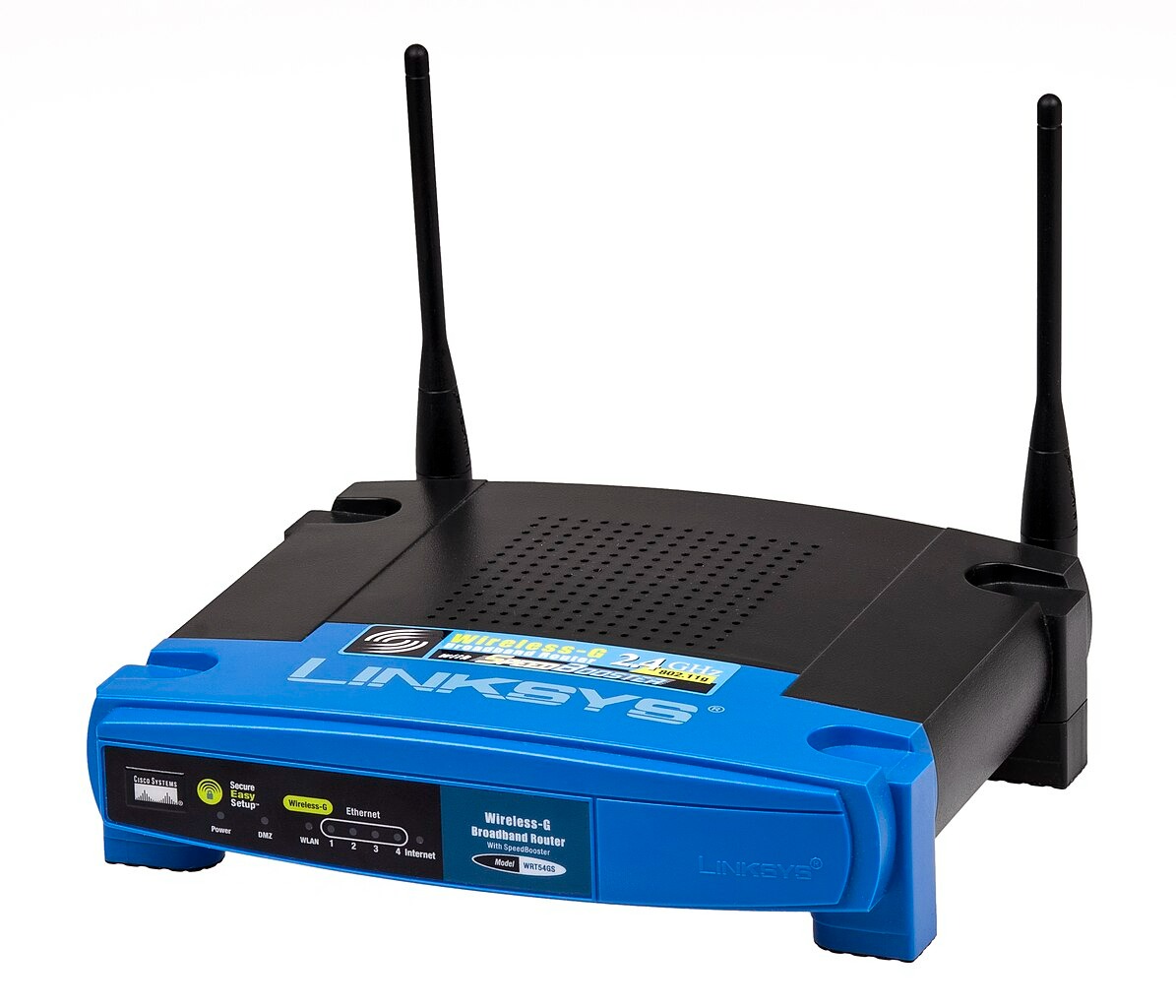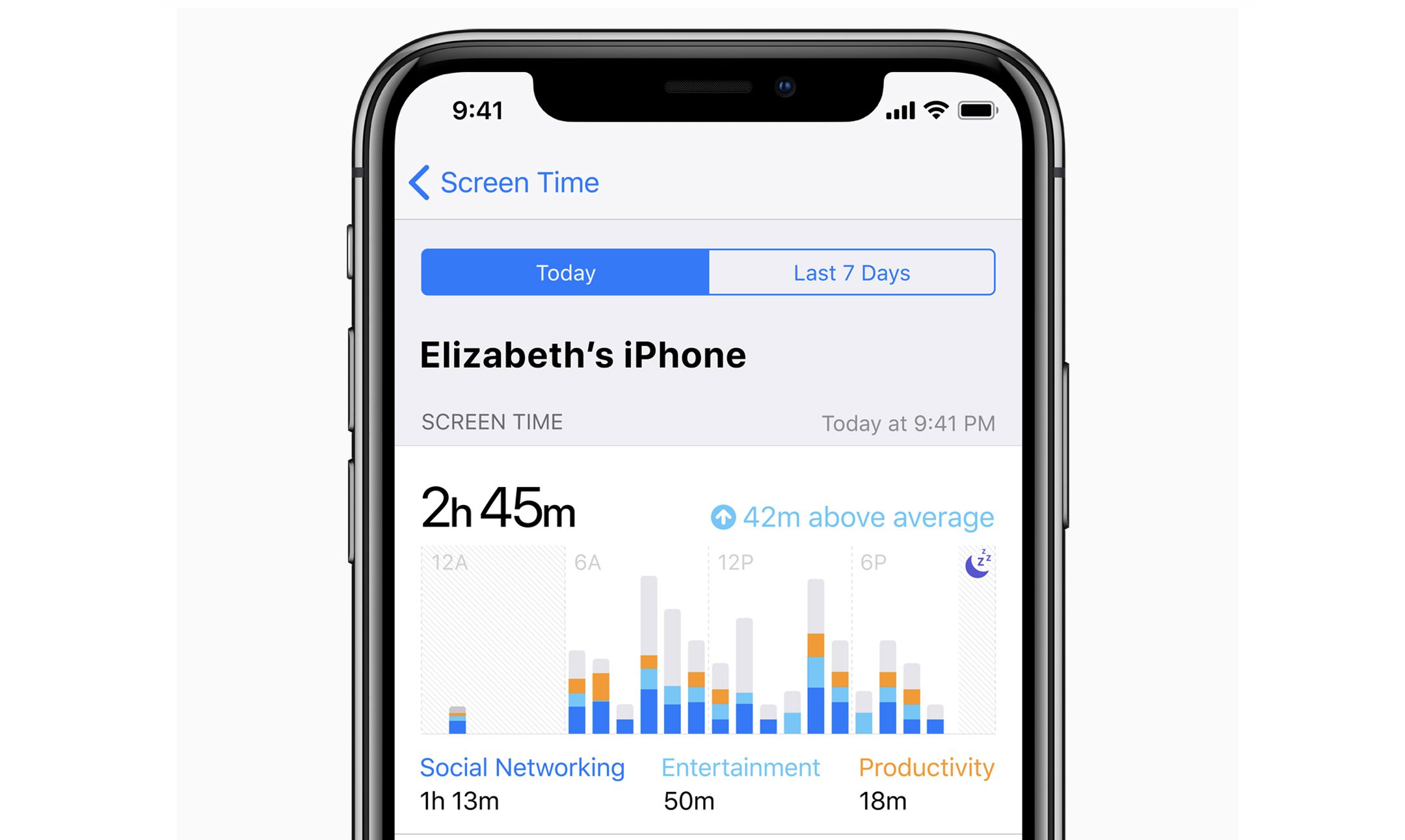Lag spikes destroy clutch moments, but your router’s hidden QoS settings can dramatically reduce them. While you’ve probably dropped serious cash on that RTX 4090 and lightning-fast SSD, your network traffic is still getting the economy-class treatment. Most modern routers from ASUS, TP-Link, and Netgear include sophisticated “Game Mode” features that prioritize your gaming packets over everything else fighting for bandwidth. The catch? These performance boosters arrive disabled, buried in admin panels that most people never touch. Your router isn’t the bottleneck—its default configuration is.
Quality of Service: Your Traffic Control Tower
QoS transforms your router into a bouncer that puts gaming data at the front of every line.
Quality of Service represents the core technology behind every “Game Accelerator” marketing term you’ve seen. Access your router’s admin panel by typing its IP address (usually 192.168.1.1 or 192.168.0.1) into any browser, then hunt for sections labeled “QoS,” “Traffic Control,” or “Media Prioritization.” Here, you can designate your gaming devices as the highest priority, ensuring your PlayStation 5 or gaming PC gets bandwidth before someone else’s Netflix binge. According to gaming network specialists, this device prioritization can measurably reduce ping and reduce those rage-inducing lag spikes during competitive matches.
One-Click Gaming Modes vs. Manual Mastery
Gaming-branded routers offer convenience, but any modern router can deliver similar performance through manual configuration.
High-end gaming routers let you enable Game Mode directly through their mobile app—one tap prioritizes gaming traffic instantly. TP-Link’s “Game Accelerator” lives under Advanced settings, offering per-game optimization and adaptive routing. But don’t assume you need a $300 gaming router for these benefits. Even basic routers include port forwarding options that create direct pathways for specific games, bypassing packet inspection bottlenecks that add latency. The manual approach requires more setup time but often provides more granular control than simplified gaming modes.
Real Performance vs. Marketing Promises
Network optimization delivers genuine improvements, but won’t overcome fundamental internet infrastructure limitations.
Properly configured QoS can reduce home network ping by 10-30 milliseconds, meaningful for competitive gaming where reaction time determines outcomes. However, your ISP’s routing and server distance remain beyond any router’s control. The biggest gains come from eliminating “bufferbloat“—that frustrating lag when multiple devices compete for bandwidth simultaneously. Think of it like replacing a chaotic intersection with organized traffic lanes. Your gaming performance improves dramatically, but you’re still limited by the speed limits imposed by physics and internet infrastructure.
Router optimization won’t transform your setup into a lag-free paradise, but it will unlock the performance you’re already paying for. Start with your QoS settings tonight and prioritize your gaming devices. Even basic models from major manufacturers include these features—you just need to know where to look for them in your admin panel.






























